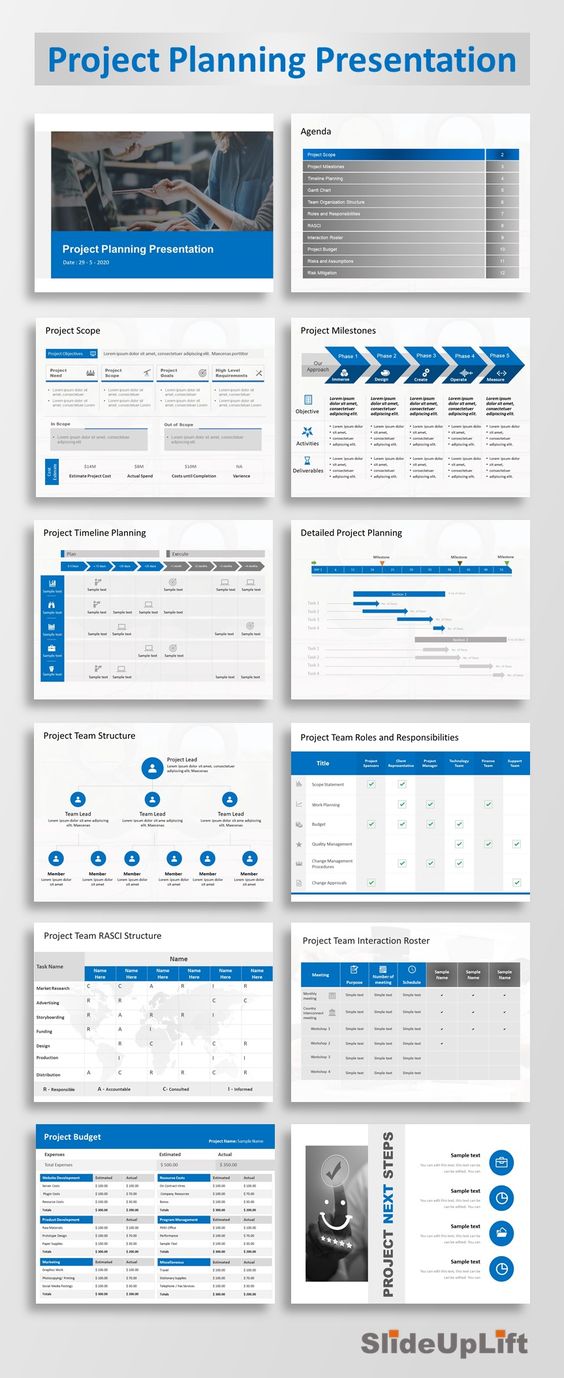Project planning and control is a set of processes and tools used by project managers to fully conceptualize, plan, execute, monitor, control and close a project. It is a vital component of the project management process, especially for complex projects. Effective project planning and control ensures that the project is completed within budget, schedule, and quality expectations.
In this article, we’ll dive into the basics of project planning and control. We’ll cover everything you need to know to get started.
1. Defining Project Planning and Control
Project planning and control is a process that involves the creation and management of a framework, which enables project managers to make informed decisions. The process involves understanding the project’s objectives, defining the approach, and identifying the resources needed to complete the project.
2. The Importance of Project Planning and Control
Effective project planning and control is essential for ensuring that a project is completed on time, on budget, and to the desired level of quality. It involves setting realistic goals, laying out a clear plan for achieving those goals, and ensuring that the plan is followed.
3. The Five Phases of Project Planning and Control
Project planning and control is typically divided into five distinct phases:
– Initiation: This phase involves defining the project scope, objectives, and deliverables. It is where the project manager starts to build the business case for the project.
– Planning: In this phase, the project manager develops a detailed project plan, including timelines, resource requirements, and a budget.
– Execution: In this phase, the project plan is put into action. Resources are allocated, and the team starts to execute the plan.
– Monitoring and Control: During this phase, the project manager monitors the progress of the project, identifies any issues or risks, and takes corrective action as necessary.
– Closure: This phase involves closing out the project, including finalizing deliverables, conducting a project review, and transitioning the project to operations.
4. Key Project Planning and Control Methodologies
There are several project planning and control methodologies available, some of which include:
– Agile: A flexible, iterative approach that relies heavily on collaboration and communication between the project team and stakeholders.
– Waterfall: A linear, sequential approach where each stage of the project is completed before moving on to the next.
– Critical Path Method (CPM): A method for identifying the critical path in a project, which is the sequence of tasks that must be completed on time for the project to be delivered according to schedule.
5. The Role of the Project Manager in Project Planning and Control
The project manager is responsible for overseeing the planning and control of the project. They are responsible for developing and executing the project plan, as well as monitoring progress and taking corrective action when necessary.
6. Tools Used in Project Planning and Control
There are several tools and techniques used in project planning and control, including:
– Gantt charts: A visual representation of the project schedule that shows the start and end dates of project activities.
– Project management software: Software tools used to manage and track project progress, such as Trello, Asana, and Microsoft Project.
– Risk management tools: Tools used to identify, assess, and mitigate risks that may affect project outcomes.
7. Challenges of Project Planning and Control
There are several challenges associated with project planning and control, including:
– Changing requirements: Projects may evolve over time, which can make it difficult to keep the plan up-to-date.
– Limited resources: Projects may be constrained by limited resources, such as budget, personnel, or time.
– Stakeholder management: Balancing the needs and expectations of stakeholders can be challenging, especially when those needs conflict.
8. Best Practices for Effective Project Planning and Control
To ensure effective project planning and control, project managers should follow these best practices:
– Clearly define project objectives and scope.
– Develop a detailed project plan that includes timelines, resource requirements, and a budget.
– Use project management software and other tools to track progress and manage resources.
– Communicate regularly with stakeholders to ensure alignment and manage expectations.
– Continually monitor progress and take corrective action as necessary.
In conclusion, project planning and control is an essential part of project management. By following best practices and utilizing effective tools and methodologies, project managers can ensure that their projects are completed on time, on budget, and within scope.
You might find these FREE courses useful
- Project Planning
- Project Planning and Execution
- Project Planning and Machine Learning
- Top Project Management: Life Cycle And Project
- Project Management: Life cycle and project planning
- Fundamentals of Project Planning and Management
- Project Planning: Putting It All Together
- Initiating and Planning Projects
